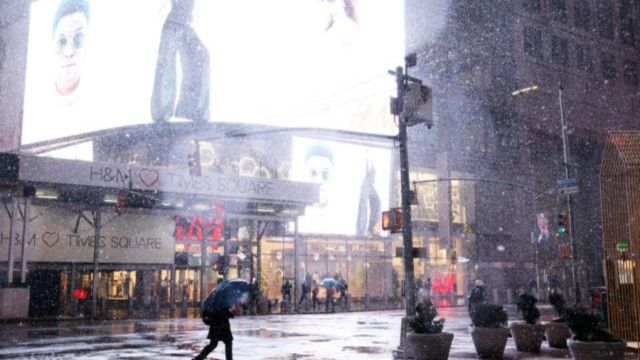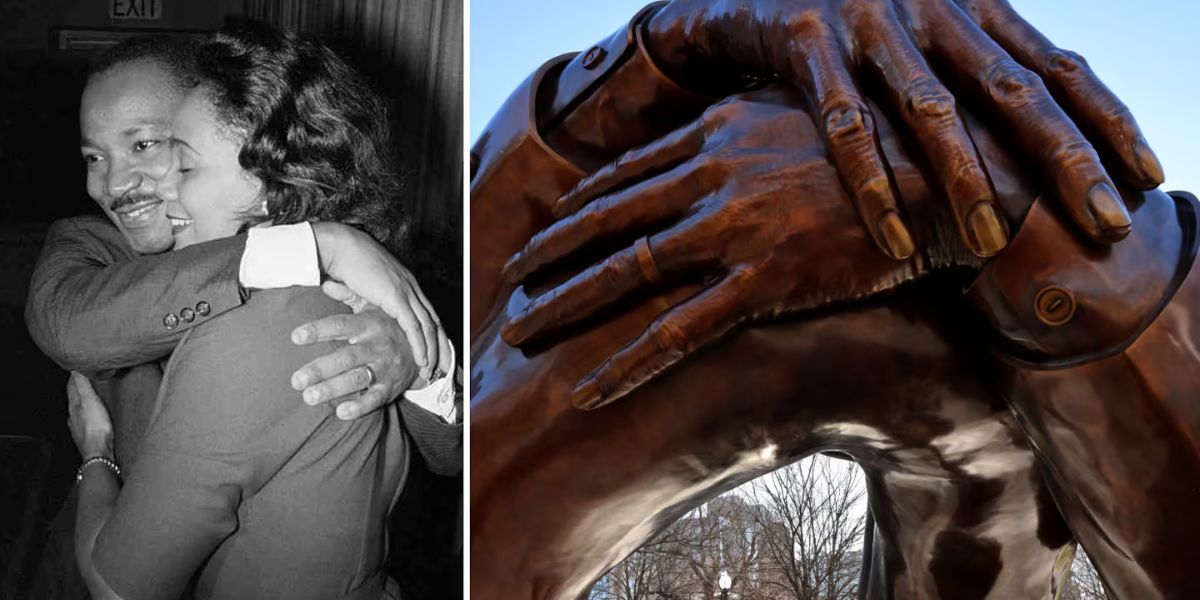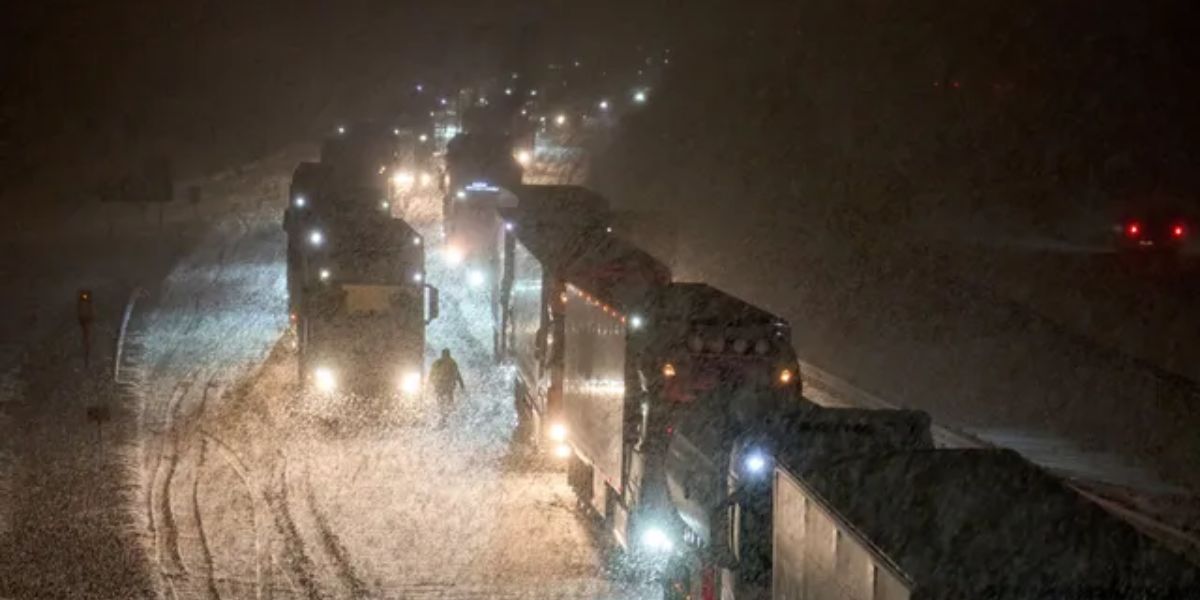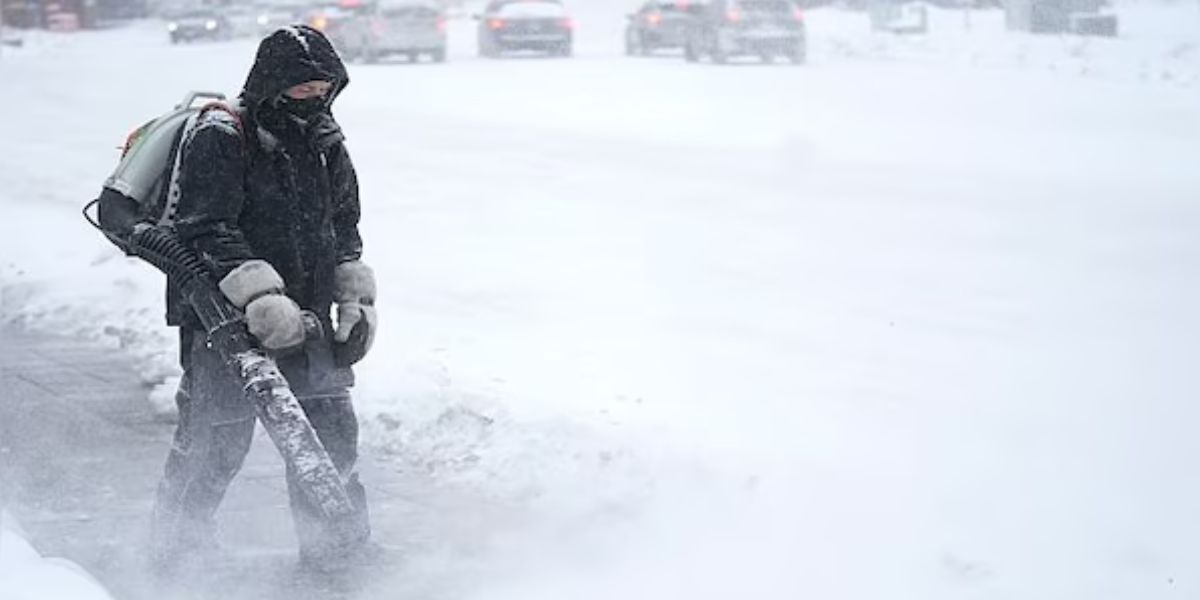As a bitter cold front sweeps across the region, New York City and New Jersey have both issued a Code Blue alert to protect vulnerable residents from the extreme weather conditions.
With temperatures expected to drop to dangerously low levels over the coming days, officials are taking proactive steps to ensure the safety of individuals who may be at risk for cold-related illnesses or hypothermia.
What is a Code Blue Alert?
A Code Blue is issued when temperatures or wind chills reach levels that pose an immediate threat to public health. Specifically, this alert is triggered when the wind chill is forecast to fall below 32°F (0°C) overnight, increasing the risk of frostbite and hypothermia for those who are exposed to the cold for extended periods of time.
During a Code Blue alert, various social services are activated to help vulnerable individuals, including the homeless, seniors, and people with pre-existing health conditions, who may be particularly susceptible to the harsh cold. These services include providing temporary shelter, food, and medical care, as well as increased outreach to ensure that individuals in need are able to access support.
Who is Most Affected?
While everyone should take precautions during extreme cold weather, the following groups are most vulnerable to the effects of the cold:
- Homeless individuals: Those without access to a safe, warm place to stay are at heightened risk for hypothermia and frostbite. Both New York City and New Jersey have opened emergency shelters and increased outreach to ensure that these individuals have a place to sleep indoors during the coldest nights.
- Older adults: Seniors are more likely to suffer from cold-related illnesses, particularly if they live alone or have chronic health conditions. Those without adequate heating or insulation in their homes are particularly at risk.
- People with medical conditions: Individuals with certain medical conditions, such as asthma, heart disease, or respiratory issues, may find it more difficult to cope with the cold temperatures. Wind chill can also exacerbate breathing difficulties.
- Children and infants: Young children and babies are more vulnerable to the cold and should be kept indoors during extremely low temperatures. Prolonged exposure to the cold can quickly lead to frostbite or hypothermia in young children.
What To Expect in New York City and New Jersey

The cold front that prompted the Code Blue alert is expected to bring temperatures in New York City and across New Jersey into the low teens at night, with wind chills making it feel even colder. Winds could gust up to 30 mph in some areas, further increasing the risk of frostbite on exposed skin. While daytime temperatures will hover around the mid-20s to low 30s, the nights will be especially harsh.
City and State Responses
In response to the Code Blue alert, officials in both New York City and New Jersey have taken several steps to help keep residents safe:
Cold Weather Car Troubles: How to Know If Your Vehicle Is Breaking Down
- Increased Outreach and Shelter Services:
- In New York City, the Department of Homeless Services (DHS) has activated its emergency shelters, which provide a warm place to sleep, meals, and essential services. DHS outreach teams will also be going out into the streets to connect individuals with these services.
- New Jersey’s Division of Homeless Services has partnered with local shelters to ensure they are prepared to accommodate additional individuals seeking refuge from the cold. Both states have also opened temporary warming centers to provide relief for those who need it.
- Public Transportation Adjustments:
- Both New York City’s MTA and New Jersey Transit have announced measures to ensure that public transportation services remain operational despite the cold weather. Extra buses and trains may be deployed during peak hours to accommodate riders, especially those who rely on public transit for access to shelters or warming centers.
- Health Alerts and Precautions:
- Health officials in both states are reminding residents to take precautions to avoid frostbite and hypothermia. Dressing in layers, covering extremities like fingers, toes, and ears, and avoiding prolonged exposure to the cold are all essential steps for preventing cold-related injuries.
- People are also encouraged to check on elderly relatives, neighbors, and friends who may be more vulnerable to the cold.
- Preparedness for the Homeless:
- Outreach teams in both states are working around the clock to ensure that homeless individuals are aware of the shelters and warming centers available to them. Anyone in need of assistance is urged to call local emergency numbers or shelter hotlines for help.
How You Can Help
If you’re looking to assist those in need during this Code Blue alert, here are a few ways you can contribute:
- Donate to Local Charities: Many organizations across New York City and New Jersey are accepting donations of clothing, blankets, and food for those affected by the cold. Monetary donations can also support shelters and outreach services.
- Volunteer: If you are able to, consider volunteering with local shelters or outreach programs to help distribute supplies and provide assistance to people in need.
- Check on Vulnerable Neighbors: If you know someone who may be struggling to stay warm, offer to help them with heating, transportation, or connecting to local resources.
Stay Safe During the Cold Weather
During this Code Blue alert, it’s crucial for everyone to stay informed and take the necessary steps to protect themselves and their loved ones.
While it may be tempting to enjoy the winter weather outdoors, it’s important to limit exposure to the elements, especially during the late evening and early morning hours when the cold is most extreme.
If you or someone you know needs shelter, warmth, or emergency services, be sure to reach out to local authorities or shelter providers for assistance. Together, New Yorkers and New Jersey residents can get through this extreme cold spell safely.




